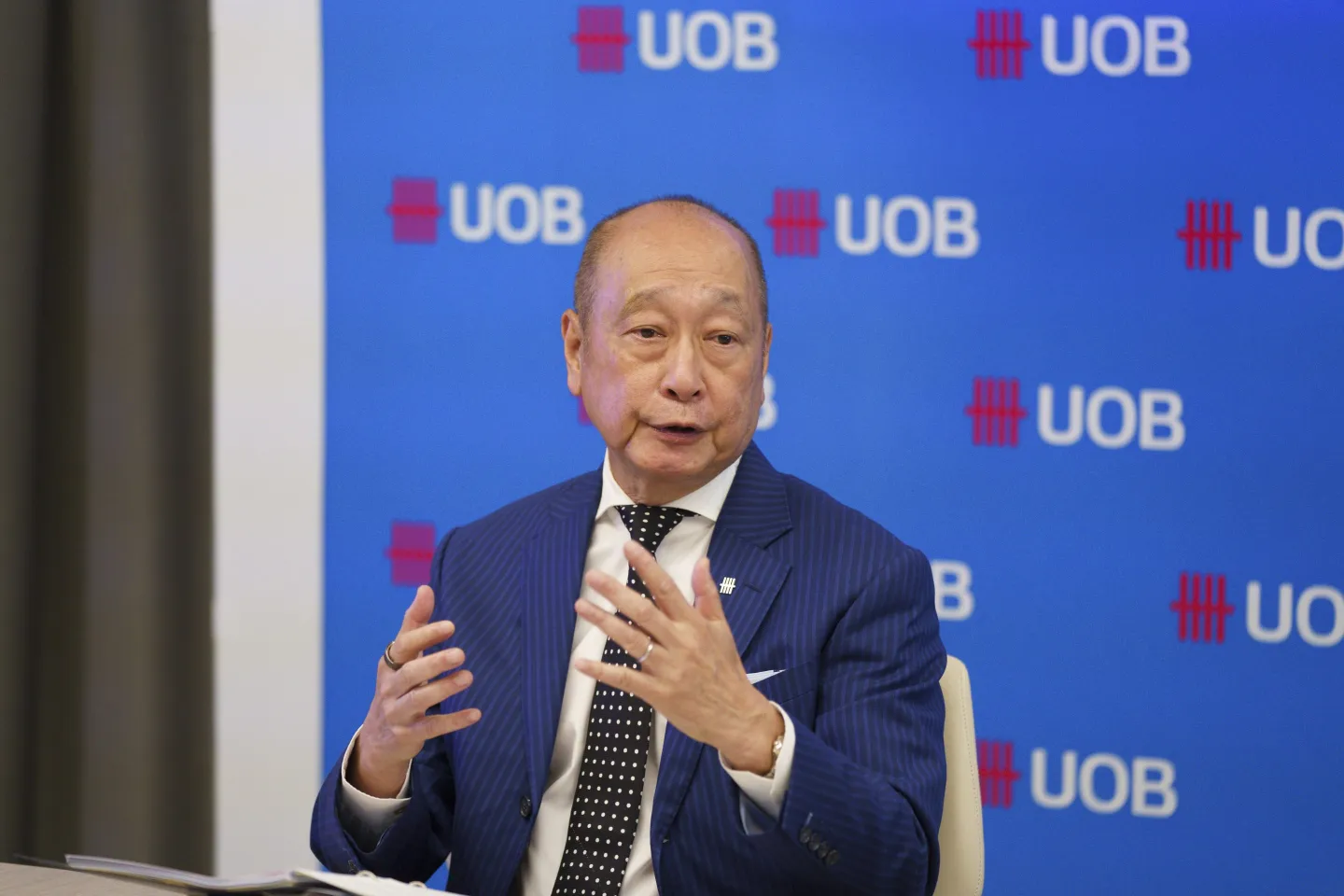Singapore’s largest banks have recently reported a mixed financial performance, reflecting the complex interplay of global economic uncertainties, monetary policy shifts, and geopolitical tensions. As the prospect of U.S. tariff escalations looms and the possibility of interest rate cuts intensifies, these financial institutions are facing both headwinds and opportunities that will shape their near-term profitability and strategic outlook.
Mixed Profitability Reflects Diverse Impacts
Key players in Singapore’s banking sector, including DBS Group, OCBC Bank, and United Overseas Bank (UOB), have posted earnings that underscore a fragmented landscape. While some banks managed to grow revenues through stronger loan growth and fee income, others grappled with compressed net interest margins and higher provisions for potential credit losses.
The disparity in results can be attributed to each bank’s unique portfolio mix and regional exposure. For example, institutions with more diversified business models—spanning retail, corporate banking, wealth management, and investment services—have been better positioned to offset pressure on interest income caused by anticipated rate cuts.
Looming Interest Rate Cuts Add Pressure
Monetary policy remains a crucial factor influencing bank earnings. The Monetary Authority of Singapore (MAS) has signaled readiness to ease policy if global economic conditions deteriorate, especially in light of weakening inflation and economic growth forecasts. Lower interest rates generally compress banks’ net interest margins, the difference between lending and deposit rates, which traditionally constitute a large portion of bank profits.
Singaporean banks are thus preparing for a scenario of prolonged lower rates, focusing on cost management, digital innovation, and expanding non-interest income streams such as wealth advisory and fee-based services to sustain profitability.
Impact of U.S. Tariffs Threatens Trade and Lending
Compounding the domestic monetary environment are growing concerns about U.S.-China trade tensions and potential new tariffs, which could disrupt global supply chains and dampen economic activity in Asia. Singapore’s banks, heavily integrated into regional trade finance and corporate lending, face increased risks of loan defaults and lower demand for trade-related banking products.
U.S. tariff threats particularly affect multinational corporations and exporters operating in Southeast Asia, leading banks to recalibrate risk management practices and reassess credit exposure in vulnerable sectors.
Strategic Responses and Outlook
In response to these challenges, Singapore’s top banks are accelerating digital transformation initiatives to improve operational efficiency and enhance customer experience. Investments in AI-driven analytics, mobile banking platforms, and automation aim to reduce costs and create new revenue opportunities.
Furthermore, banks are increasing focus on sustainable finance and green lending, capitalizing on the growing investor appetite for ESG-compliant products—a trend that offers long-term growth potential beyond traditional banking activities.
While near-term headwinds persist, industry analysts remain cautiously optimistic about the resilience of Singapore’s banking sector. Its robust capital buffers, diversified income sources, and proactive management position it well to weather the uncertainties of rate cuts and trade conflicts.
Conclusion
Singapore’s largest banks face a delicate balancing act in navigating the dual pressures of monetary easing and geopolitical tariff risks. Their recent mixed profit reports highlight the need for strategic agility, diversification, and innovation. As the economic landscape evolves, these financial institutions will play a pivotal role in sustaining Singapore’s status as a leading financial hub in Asia, while adapting to the shifting global trade and policy environment.







